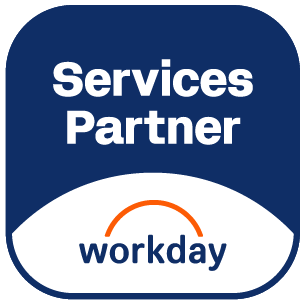The vast majority of healthcare organizations have electronic health records systems in place, but the use of such systems does not remain static. New capabilities are added, or organizations decide to rip old ones out and replace them with new ones. For most providers, clinical system implementation is a concern that comes up regularly, and such initiatives often can cause problems and frustration.
Recently, Mobisoft Infotech— a global digital product development company—detailed 10 significant EHR implementation challenges and potential strategies for overcoming the difficulties. First the problems…then, how to overcome them.
Cost
EHR implementation is an expensive affair—the selection, implementation and optimization of an EHR system can consume most of an organization’s capital budget investment. Mobisoft notes that the Office of the National Coordinator for Health IT estimates the cost of purchasing and installing an EHR system ranges from $15,000 to $70,000 per provider. Implementations involve setting up the hardware, software costs, implementation assistance, staff training, ongoing network fees, and maintenance. Unplanned expenses also can crop up and finding financial resources for EHR implementations is one of the major hurdles, especially for smaller establishments.
Staff resistance
Whether it’s implementing a new system from the ground up or transitioning from an existing system, not everyone is open to the idea of making technological changes. In addition, there are health practitioners who are doubtful about the efficacy of electronic health records and may be reluctant to give up documentation practices. In some cases, the staff lack awareness about the current technological advancements and the comprehensive benefits of it. It leads to the delayed implementation of EHR.
Training
Provider staffs need thorough training in the new system and workflows. Physicians and the medical team must invest extra time and effort to understand the new system. It is a time-consuming process and a hassle for both the staff and the management. Small and mid-sized organizations fear the loss of business during the training phase. Also, staff may consider it an unnecessary effort.
Usability issues
If the EHR system doesn’t fit into an organization’s existing workflows, clinicians find it difficult to adapt to it. The one-size-fits-all rule does not suit the EHR system, as the workflows of a primary care physician differ from that of a cardiologist. Flaws in the design or the inadequacy of training decrease the ease of using the software.
Data privacy
Data privacy issues often form a substrate to an entire implementation. Stakeholders may voice concerns over the risk of data leakage because of a natural disaster or a cyberattack. HIPAA rules require protection of the confidentiality of personal health data. In case of a security breach, the organization may get into a legal hassle and have to spend millions of dollars to settle the dispute.
Data migration
Exporting data—whether from paper to a new system or from an existing system to a new one—can be a logistical nightmare. Any data entry required might become a tedious and time-consuming task for staff. This is a major EHR implementation challenge for hospitals and effort is doubled if there is no proper format in the former system. An organization might need to maintain legacy systems for years after a new system is implemented, for legal and record access reasons.
Technical resource limitations
This issue often is faced by small clinical establishments and private health practitioners—they rarely own an in-house technical team. Moreover, they might not have the required hardware to support the EHR solution. It is a huge expense to build an in-house technical team and buy hardware, which is a common reason for small and mid-sized healthcare providers for delaying the EHR implementation process.
Interoperability
EHR systems need to be able to exchange information so that different providers can make use of it and get a complete picture of a patient’s health. While EHR vendors are making strides in improving interoperability, it can become a frustration for the implementing organization, particularly exchanging information across different systems used by multiple providers.
Proper training shortcomings
EHR implementation brings in a cultural change in the organization, and hence, the change management aspects of EHR implementation become a real challenge. It needs to be strategically planned in advance and commitment is expected from all stakeholders. The successful implementation and sustainability of the EHR system require significant, detailed planning.
Lack of vendor-provider communication
Effective communication between the healthcare provider and the IT vendor is essential to fine-tune the EHR system to yield the desired results. It is not a one-time activity but a continuous process to ensure that the expectations of both the parties are met. The concerns and feedbacks of the provider should be addressed appropriately.
Source:
https://www.healthdatamanagement.com/list/how-to-overcome-10-top-ehr-implementation-challenges?utm_campaign=BestOfWeek-Jun%2022%202019&utm_medium=email&utm_source=newsletter








